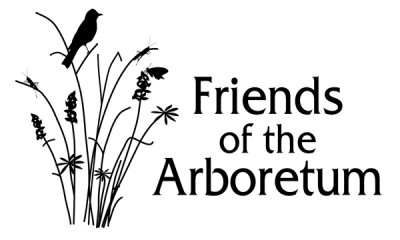
SCIENTIFIC NAME: Campanula rotundifolia – the first part is Latin for “little bell”
referring to the shape of the flower. Rotundfolia is Latin for “round leaves”.
FLOWER COLOR: Lilac to blue, rarely white
BLOOMING PERIOD: Late May to October with most of the blooms in June
SIZE: 6 to 20 inches tall, depending on the site
BEHAVIOR: Does not tolerate competition from larger, more vigorous plants. The stems are mostly hairless and topped by one bell-shaped flower with some grasslike leaves while the basal leaves are rounded. The bell-shaped flower has five petals that curve outward.SITE REQUIREMENTS: Requires excellent drainage. Not tolerant of heavy, wet soils. Sandy soils or gravelly hillsides and cliffs (rock gardens) are best. Grows best in full sun, but tolerates light shade if soils are light enough to discourage taller vegetation.
NATURAL RANGE: Occurs through most of the US and Canada except for the DeepSouth. In Wisconsin it is often found in cedar glades.
SPECIAL FEATURES: These delicate flowers bloom over a long period and are especially good for a rock garden.
SUGGESTED CARE: Water sparingly, but frequently, to establish new plants. Then stop! Protect from rabbits and taller vegetation.
COMPANION PLANTS: In open, sandy, oak woods it is found with butterfly weed, New Jersey Tea, Pennsylvania sedge, flowering spurge, June grass, rough blazingstar, wild rose, starry Solomon’s plume and spiderwort. On dry prairies it is found with leadplant, little bluestem, whorled milkweed, sideoats grama grass and Dyer’s weed. On cliffs it may be with wild columbine, purple cliff brake and poison ivy!
